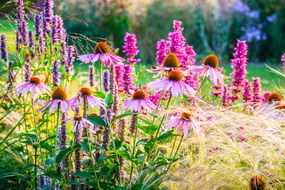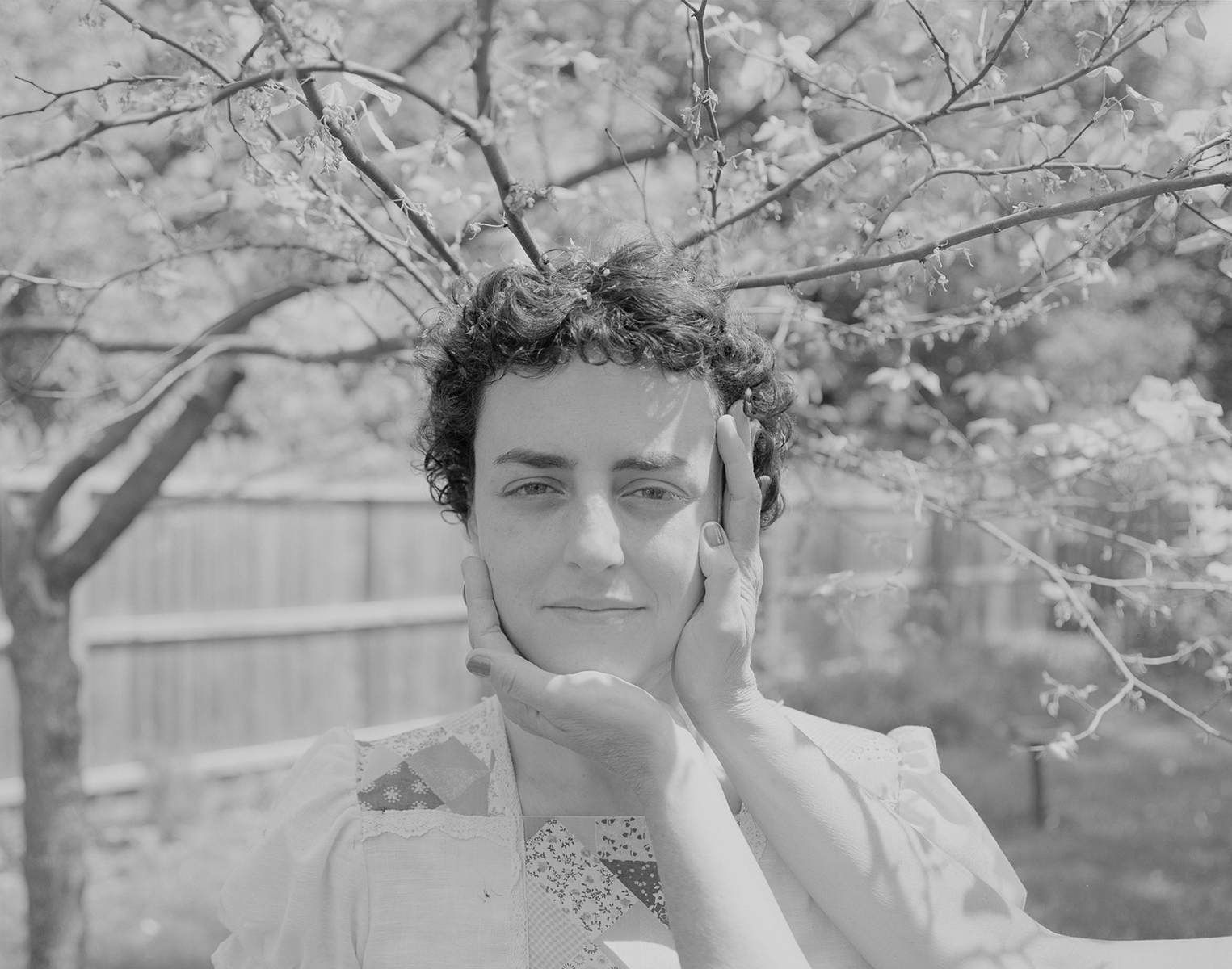Go to the edge of the cliff and jump off. Build your wings on the way down.
–Ray Bradbury
Go to the edge of the cliff and jump off. Build your wings on the way down.
–Ray Bradbury

Landscape fabric causes ecosystem damage and limits functionality. There are better options for suppressing weeds.
Source: Why Landscape Fabric Should be Avoided in a Garden
There are better ways to keep weeds down and create a low maintenance space. Start by avoiding spacing your plants in an area covered with landscape fabric and imported mulch. Instead, choose eco-friendly and sustainable natural options to make your life easier in the garden.
- Select a diverse range of plants suited to your location. Perennials and self-seeders will help to create a more affordable and low maintenance scheme that just gets better over time.
- Combine plants to create areas of dense, layered planting, with less space for weeds. By choosing the right combinations of plants for your polyculture (which will not compete overly with one another), you can sow more densely, with a layered planting scheme.
- Use ground cover planting to protect the soil and reduce weed growth.
- Line beds, borders, or pathways with spring bulbs or other plants to suppress grass and weed ingress into growing areas.
- Choose organic mulches wisely to suit the setting, and ideally source materials from elsewhere in your garden or as close to home as possible. Thick organic mulches won’t eliminate weeds entirely but they can help to keep them under control, while adding fertility and conserving water in the soil.
A selection of work by artist Peter Jojaio from Valencia, Spain.
Dust from all over the world is landing in the Sierra Nevada mountains carrying microbes that are toxic to both plants and humans.
Source: Drought increases microbe-laden dust landing in Sierras

A series about mothers by Massachusetts-born, New York-based photographer Rosemary Haynes. Drawn to the way photographs entangle the personal archive and the “present moment,” Haynes creates images that explore ideas of lore and memory. In this particular project, Haynes takes on the theme of family, coming-of-age, and missing our mothers. As she states, it’s a project about how social reproductive labor is nothing without birth, and how birth leads to death, sometimes more quickly than other times:
“This series can be described as a ballad which my late stepmother, Heather, didn’t have the chance to finish. A storybook for my brother, of the mother he longs to know. A family album for us all, where our present can find abundance with the past. Arnica explores notions of maternal labor and care, the imperfections in showing up, and a family motto, never don’t swim. Submerged in the security and uncertainty of water, much like a womb.”
See more images from “Arnica” below.